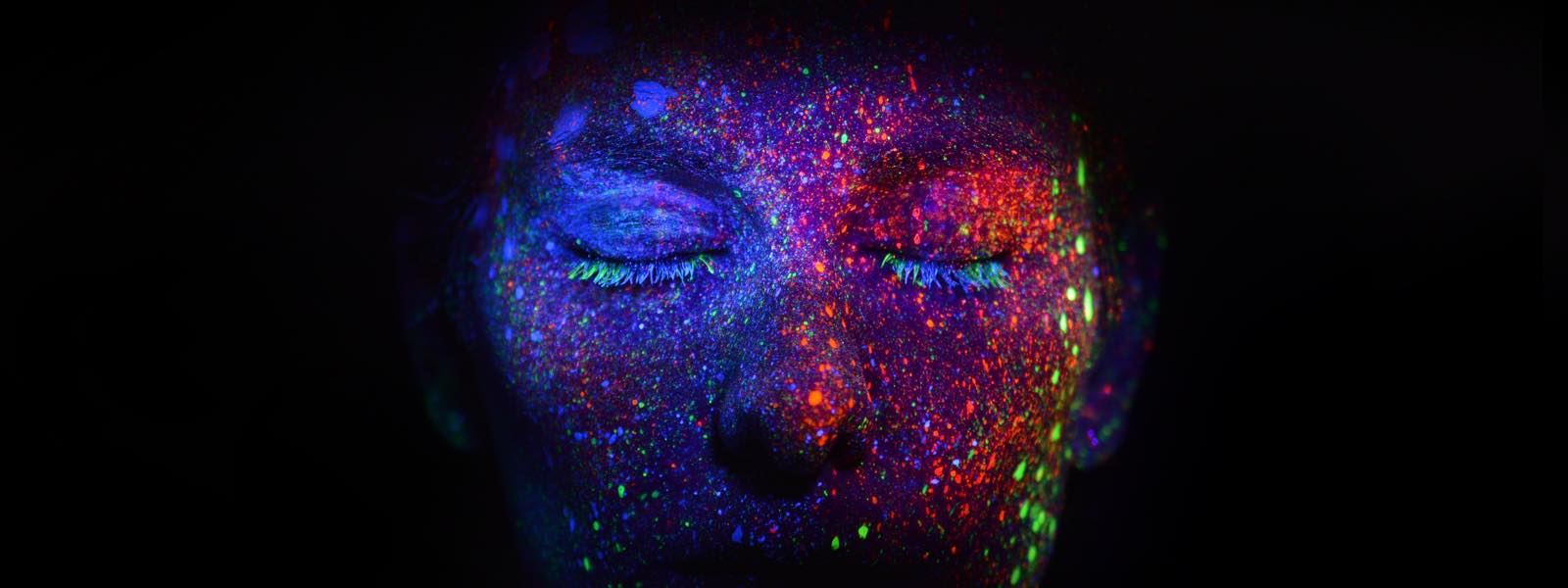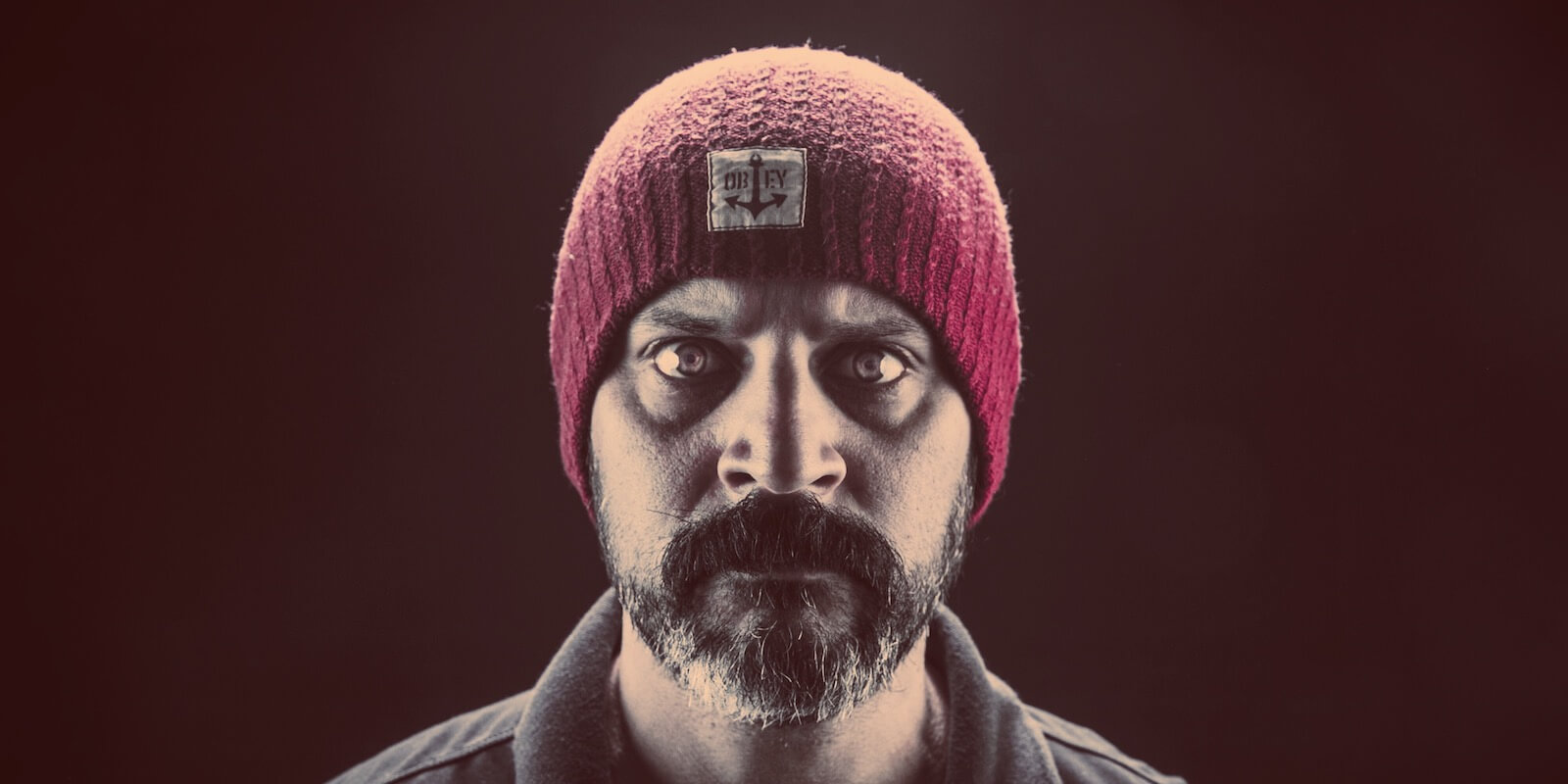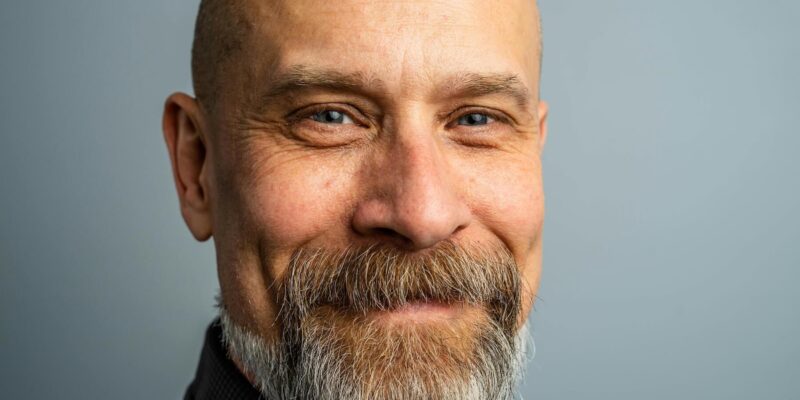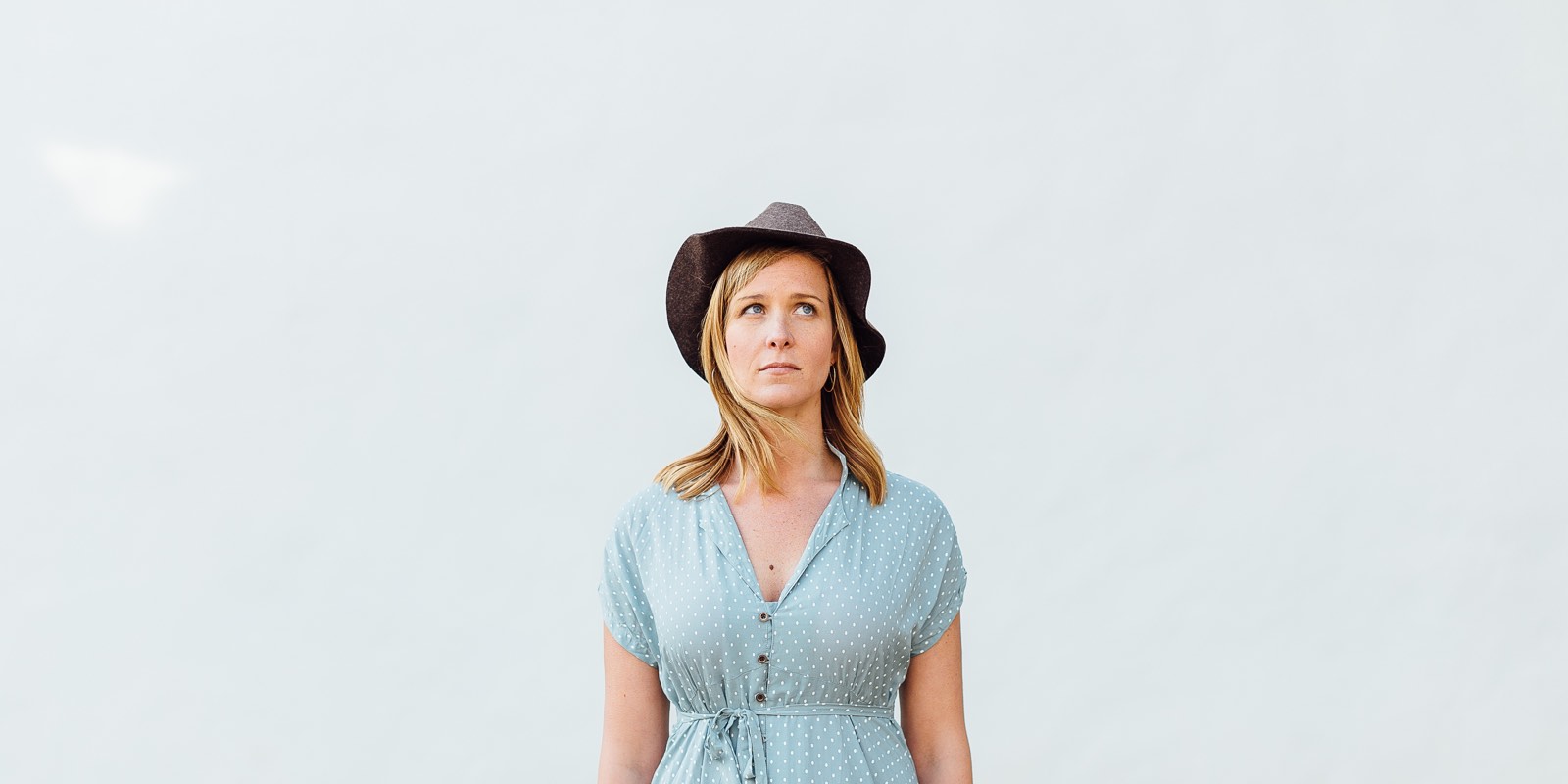The heart of minimalism is the idea that stuff often distracts us from our values and the things that matter most in life.
Having a big beautiful home in the best neighborhood helps us keep up with the Joneses. But all the extra time at work that’s required to sustain such a lifestyle often means less quality time with family and friends.
How many more hours at the office each week is required to fill up that enormous house and pay off its equally large mortgage and property tax bill? Where else could all those hours go?
The minimalist makes the hard decision to own fewer things so that there are fewer things that require their time, energy, and resources. As a result, they can “invest” that “savings” into relationships, passions, goals, community, etc.
Ultimately, minimalism means being thoughtful and intentional about how much physical stuff we let into our lives so we can keep our focus on what matters most.
The Rise of Digital Minimalism
Over the last five to ten years, digital stuff—smartphones, social media, podcasts, YouTube, Netflix—has started to occupy an increasingly large portion of our daily lives and moment-to-moment attention.
Quick experiment:
- On average, how many hours per day do you spend looking at your phone, browsing social media, listening to podcasts, and watching YouTube or Netflix?
- Now multiply that number by 7. Then multiply that number by 52.
If you’re anything like me, that number starts to get scarily big. And it gets even scarier when you consider what else you could have been doing with all those hours:
- How many fun board game nights could my wife and I have had if we didn’t watch Netflix for two hours every evening?
- How many memorable “adventures” could my kids and I have had if I left my phone at home when we went to the park?
- How many friendships could I have made or strengthened if I went out to lunch with co-workers instead of watching YouTube at my desk during lunch?
These are relatively small examples, but they show the opportunity cost of filling our lives with too much digital stuff. They show how we can unwittingly sacrifice our real-life relationships for “digital relationships” with our favorite Netflix shows or YouTube stars.
At the core of Digital Minimalism is the idea that digital stuff like email and social media have a uniquely powerful way of filling up our lives and attention, and as a result, distracting us from the best parts of life.
As digital technology and content continue to play an increasingly large role in our lives, it’s increasingly necessary to learn how to limit the influence of this digital stuff and set boundaries on it.
The Vulnerability of Attention
I’ve thought a lot about Digital Minimalism over the past year. In January of 2018, I did a month-long “digital de-clutter” experiment, where I cut out all optional digital technology from my life. And currently, I’m in the middle of a similar but extended “Summer of Digital Minimalism.”
One of the most important lessons I’ve learned from these experiments is how vulnerable our attention is to distracting stuff, both physical and digital. It’s shocking how easy it is to “find myself” checking email and absorbed in my phone without much conscious intention to do so.
The digital quickly becomes the habitual.
As I’ve thought more and more about how vulnerable I am to having my attention be filled with stuff (especially the digital variety), an idea has slowly started taking shape in my mind that maybe there’s a more fundamental level of minimalism that runs beneath both physical and digital minimalism.
This idea really started to take shape when I connected my thoughts about minimalism to my work as a therapist helping clients with anxiety disorders and insomnia.
Anxiety and the Dangers of Mental Clutter
You don’t have to have a clinical diagnosis to know how it feels to be caught up in anxiety. At one time or another, I think we’ve all experienced how awful it feels to be consumed by worry and fear in a prolonged and painful way.
- Lying awake at night for hours worrying about an interview or presentation the following day.
- Not being able to enjoy a wedding because we’re so preoccupied with that toast we have to give.
- Being so afraid of failing a test that we can’t focus enough to study for it in the first place.
As a psychologist and therapist, it’s my job to show my clients how the habit of worrying is the key driver of anxiety. And the more entrenched and long-standing this habit of worrying—mentally churning over and over a frightening future possibility—the more intense and chronic our anxiety will be.
This means that to undo chronic anxiety, you have to first undo the habit of worry. And the best way to do this is to strengthen our capacity to regulate our attention, the cognitive muscle that determines what we choose to focus on or not.
The habit of worry is essentially a failure of attentional control.
Our attention gets “pulled” to focus on a scary possibility, and we have trouble disengaging from that thought or image even though we know it may not be very likely or realistic.
As a result of all my experimentation with and thinking about minimalism, it dawned on me that one way to look at the experience of folks who struggle with anxiety is that their minds are “cluttered” with anxious thoughts. And because they have a hard time regulating their attention in the face of these scary thoughts, they end up distracted from and missing out on a lot of the most important things in life.
Just like physical and digital stuff pulls our attention away from the most important things in life, our own internal mental stuff—like worries—can distract us from our values.
Suppose you’re out for a hike in nature, away from all the stuff in our lives and digital distractions of personal technology and the internet. Even then, it’s still possible to have our inner experience be so cluttered and consumed by worries, rumination, fears, etc. that we hardly appreciate or enjoy the hike at all.
In the recent words of one of my clients:
The more time I spend worrying and thinking about my anxiety, the smaller and smaller my world gets. I want to feel better, but more importantly, I want my life back.
The Case for Mental Minimalism
Mental minimalism says that just like too much physical and digital stuff can distract us from our values and the things that matter most in life, our own mental stuff can do the same thing.
Thoughts, emotions, memories, and imagination can all become cluttering of our mental space. And when this happens, not only do we consistently experience negative feelings like stress, anxiety, overwhelm, and depression, but perhaps more tragically, we become distracted from living our lives.
That sounds interesting, but how would it actually work? We can give away our stuff and stop watching Netflix in the evenings, but we can’t get rid of our thoughts or donate our emotions!
The common thread that ties together physical, digital, and mental minimalism is the skillful management of attention:
- Physical minimalism isn’t about less stuff, per se; it’s about becoming more intentional about the stuff we choose to purchase and let into our lives.
- Digital minimalism isn’t about rejecting technology altogether; it’s about setting better boundaries with that technology.
- Mental minimalism isn’t about getting rid of negative or distracting thoughts or feelings (you can’t, nor would you want to); it’s about strengthening our capacity to control when and how much we choose to attend to and engage with these thoughts and feelings.
Attention is the doorway to the mind. And I suspect we all could benefit from being better doormen.
By cultivating mental minimalism and learning how to better manage our attention, we can both feel better on a regular basis and live deeper, richer, more full lives.
How to Get Started with Mental Minimalism
Before you jump into mental minimalism specifically, start by building a solid base of physical and digital minimalism.
Interestingly, I suspect physical and digital stuff are arguably the biggest obstacles to mental minimalism in the first place. That is, it would be hard to become more mentally minimal if you’re constantly bombarded with a stream of physical and digital distractions.
So my first recommendation would be to emerge yourself in, learn about, and begin to practice minimalism more generally.
If you’re completely new to the concept of minimalism, start with this excellent documentary:
Minimalism: A Documentary About the Important Things
Next, I would read through the essays on the blog The Minimalists by Joshua Milburn and Ran Nicodemus (who also produced the above documentary).
Then, follow author Cal Newport. He currently writes a lot about digital minimalism on his blog and for his weekly newsletter. His book Deep Work is also excellent.
Finally, I’ve written a few things on minimalism that may be of interest:
- Minimalism Terrifies Me (And That’s a Really Good Thing)
- What I Learned About Deep Productivity from a 30-day Digital Declutter.
- What is Digital Minimalism?
Begin with Mindfulness
The idea of mental minimalism itself is pretty raw and rough, so I don’t claim to know the best way to achieve it.
But my hunch is that mindfulness is a very good place to start.
A formal mindfulness practice is the most effective and efficient way to cultivate more skillful control over our attention, which is the hallmark of mental minimalism.
Here are a couple articles I’ve written on mindfulness plus a great book on the topic:
- No Seriously, What is Mindfulness? (Article)
- How to Start a Mindfulness Practice: A Quick Guide for Complete Beginners (Article)
- The Mindful Way Through Depression (Book—This is an excellent introduction to mindfulness whether or not you actually suffer from depression)
Attention and the Good Life
I’ll briefly wrap things up with a quote from a wonderful book called Rapt by Winifred Gallagher that sums up the case for mental minimalism:
The skillful management of attention is the sine qua non of the good life and the key to improving virtually every aspect of your experience, from mood to productivity to relationships… what you focus on from this moment will create the life and person yet to be.
What to Read Next
If you enjoyed this article, you might also like:





7 Comments
Add YoursThank you for this wonderful article! Right now I’m also experiencing a case of to much mental clutter. There was just so much going on my life the past few weeks that I couldn’t keep up with sorting things out. Now I’m already feeling more anxious and notice how much I start to worry about stuff that I’m usually not paying any attention to. So I reserved some nature-alone time for me for the next days where I can just go for a walk an think about things to find solutions and to get them out of my head. I’m already looking forward to it. 🙂
Dennis, Yeah, it’s counter-intuitive but often slowing down in the best way to both get things done and feel better. Good luck!
Very well put together article. It’s informative, clear, pertinent and pleasing to read. Greetings from Brazil!
Thanks, Lucas! And glad to hear Brazil is represented in my readership 🙂
Cheers! –Nick
thanks for sharing it’s helpful.
Mindfulness completely changed the game for me. I am so glad that my therapist suggested regular meditation to treat my anxiety, it helps so so much. I think being mindful in everyday life is one of the most important if not the most important thing an adult can learn. The quality of life just completely takes off and things start to align, form better relationships with other humans and most importantly with ourself. Great article.
Great article, helpful ++